Why a Handheld Anemometer Matters
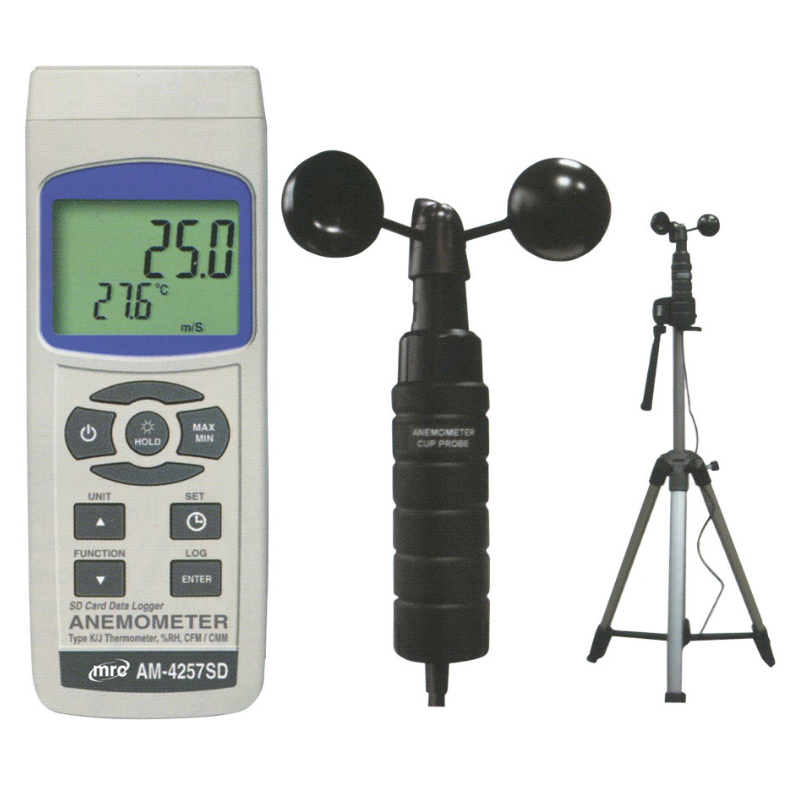
A handheld anemometer is a portable device that measures wind speed. Some models also check airflow, temperature, humidity, or even barometric pressure. People use handheld anemometers for outdoor sports, aviation, sailing, HVAC balancing, research, and even drone piloting. Basically, if wind or air flow matters, these devices belong in your toolkit. Types of Handheld Anemometers […]
Floor Slip Testing Services in UK

Slips, trips, and falls – they sound harmless, but they’re among the most common causes of injury in the UK. Imagine walking into your favourite high street store, only to slip and hurt yourself because the floor was more like an ice rink than a shop surface. What Is Floor Slip Testing? Floor slip testing […]
How to Buy Ultrasonic Anemometer
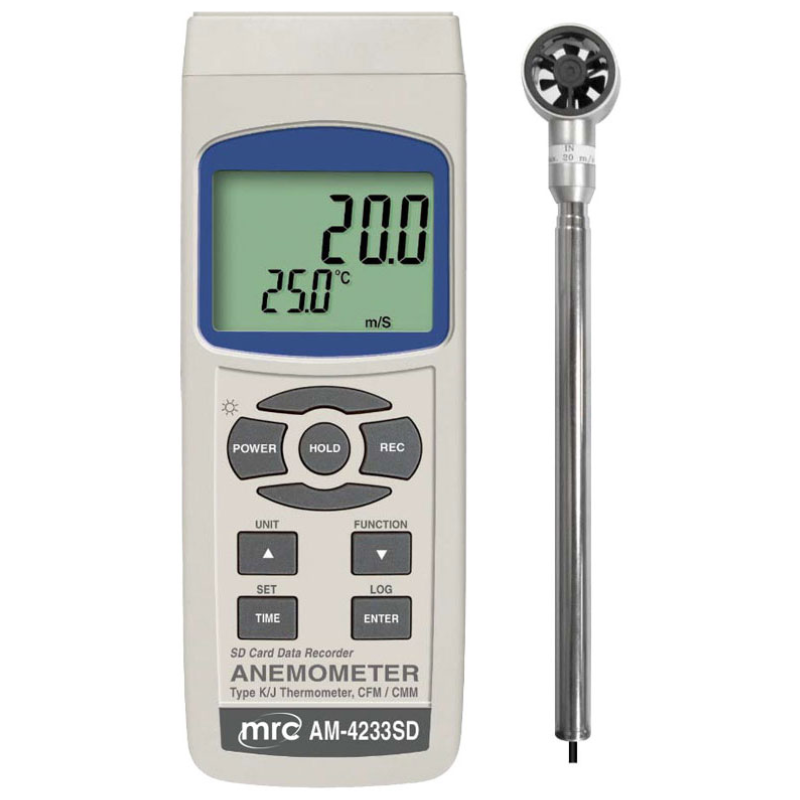
An ultrasonic anemometer is a high-tech instrument used to measure wind speed and direction using ultrasonic sound waves. Unlike old-school mechanical models, there are no moving parts—meaning less maintenance and greater reliability. Why Choose Ultrasonic Over Mechanical Anemometers? Key Advantages No Moving Parts: Means less wear and tear, fewer breakdowns, and a much longer lifespan. […]
Slip Tests and HSE Compliance in the UK
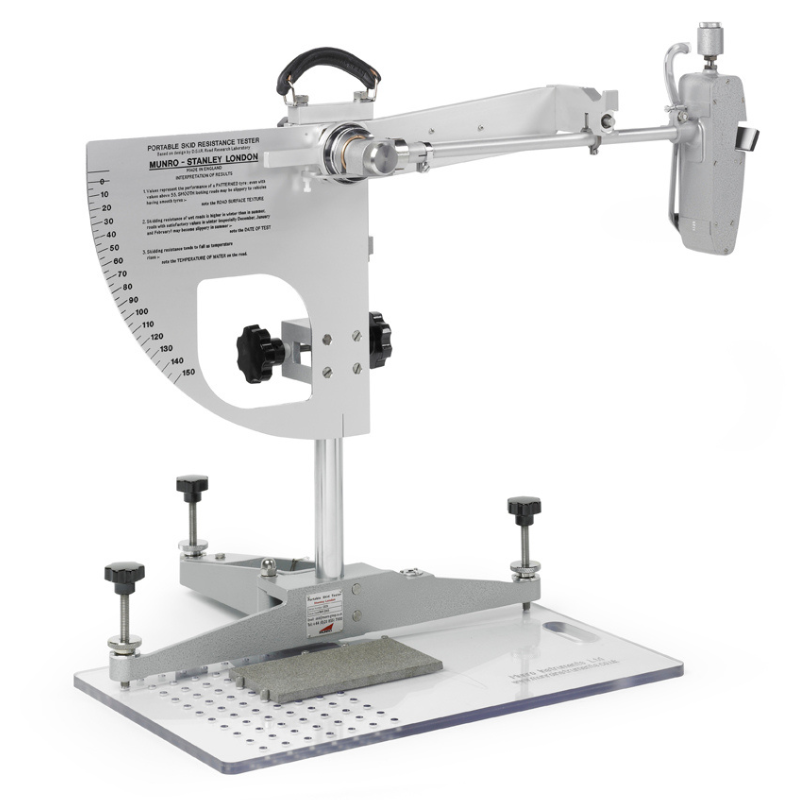
The Health and Safety Executive (HSE) is the UK’s watchdog when it comes to workplace safety. And they take slipping hazards very seriously. Regulations like the Workplace (Health, Safety and Welfare) Regulations 1992 and the Health and Safety at Work etc. Act 1974 make it crystal clear: employers must assess and control risks, including those […]
Slip Testing Standards: UKSRG, BS 7976, Pendulum Test, ASTM, DIN
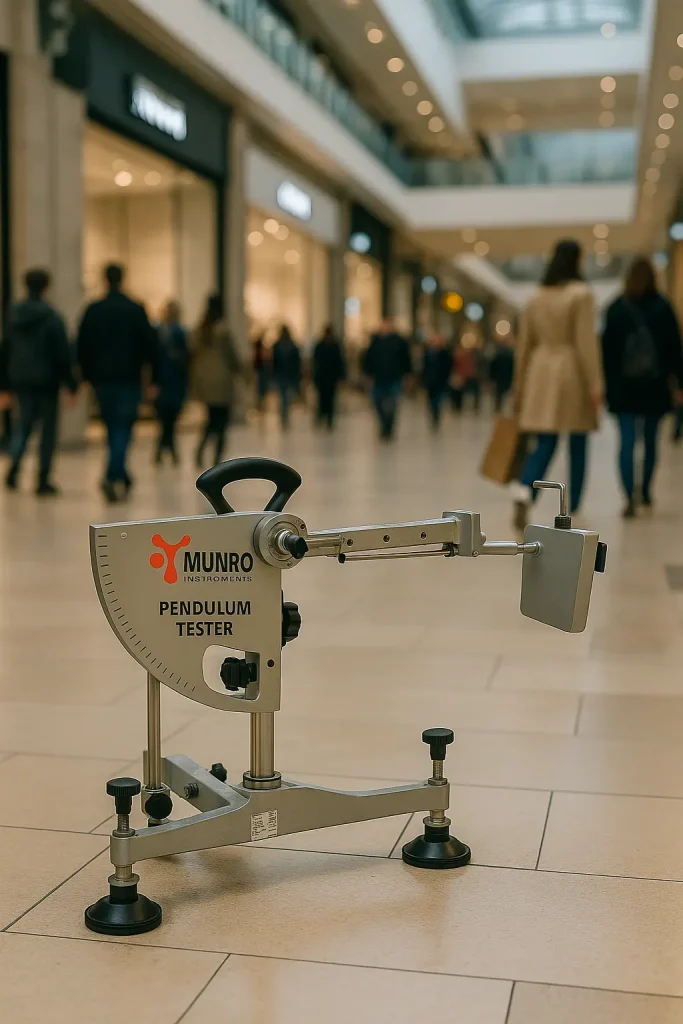
Slips, trips, and falls are among the most common workplace accidents worldwide. They cost millions annually in medical bills, lawsuits, and lost productivity. Slip testing helps prevent these incidents before they happen. Real-World Examples of Slips and Legal Consequences From multi-million-pound payouts in the UK to class-action lawsuits in the US, the absence of proper […]
Weather Station Applications in Agriculture

Agricultural weather stations are advanced monitoring systems that record, analyze, and transmit meteorological data such as temperature, humidity, rainfall, wind speed, solar radiation, and atmospheric pressure. Installed in fields, greenhouses, orchards, or near livestock farms, they provide hyperlocal data that supports precision farming practices. Key Components of an Agricultural Weather Station Thermometers – Track daily […]
Role of Weather Stations in Oil & Gas Field Operations
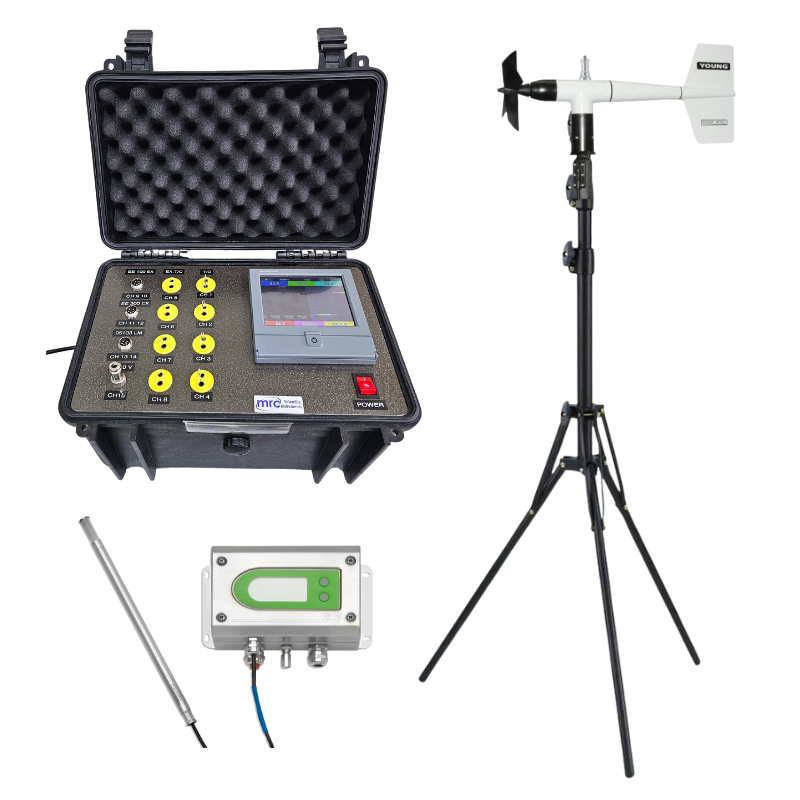
Industrial-grade weather stations are far more advanced than their consumer-grade counterparts. Designed to endure extreme conditions, they deliver precise, real-time meteorological data to inform critical decisions. Core Components Tailored for Harsh Environments Anemometers: Measure wind speed and direction Hygrometers: Monitor humidity levels Barometers: Track atmospheric pressure Thermometers: Record ambient temperatures Rain Gauges: Capture precipitation data […]
How Are Weather Stations Used in Construction and Civil Engineering?
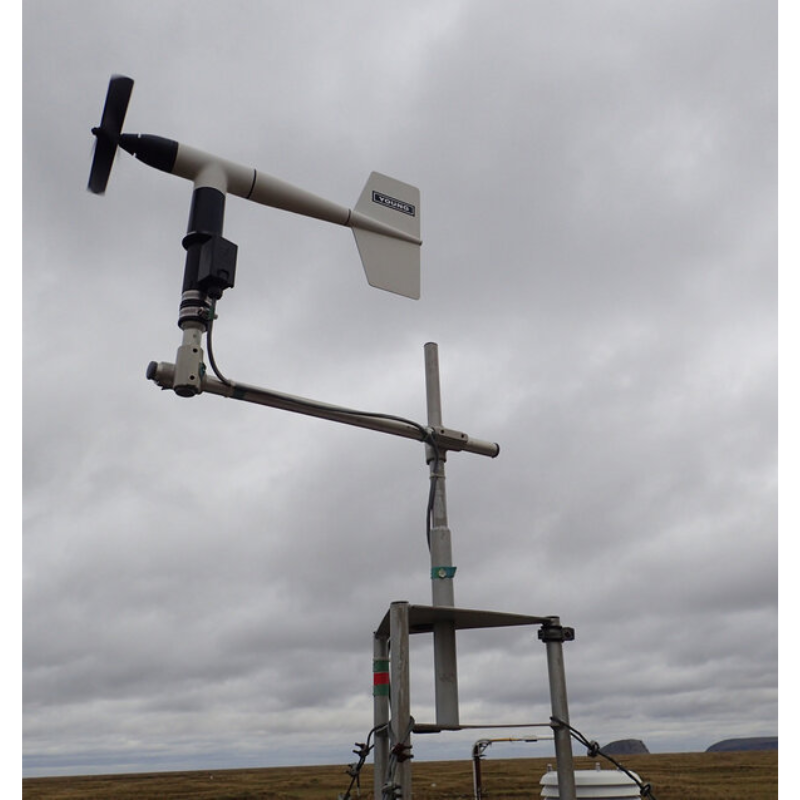
Construction and civil engineering projects are sensitive to weather conditions. Unpredictable weather can significantly impact project timelines, material handling, and workforce safety. But how exactly are weather stations used in construction and civil engineering to overcome these challenges? In this article, you’ll discover seven essential ways these powerful tools help ensure project safety, enhance efficiency, […]
Cup Anemometer For Wharfs
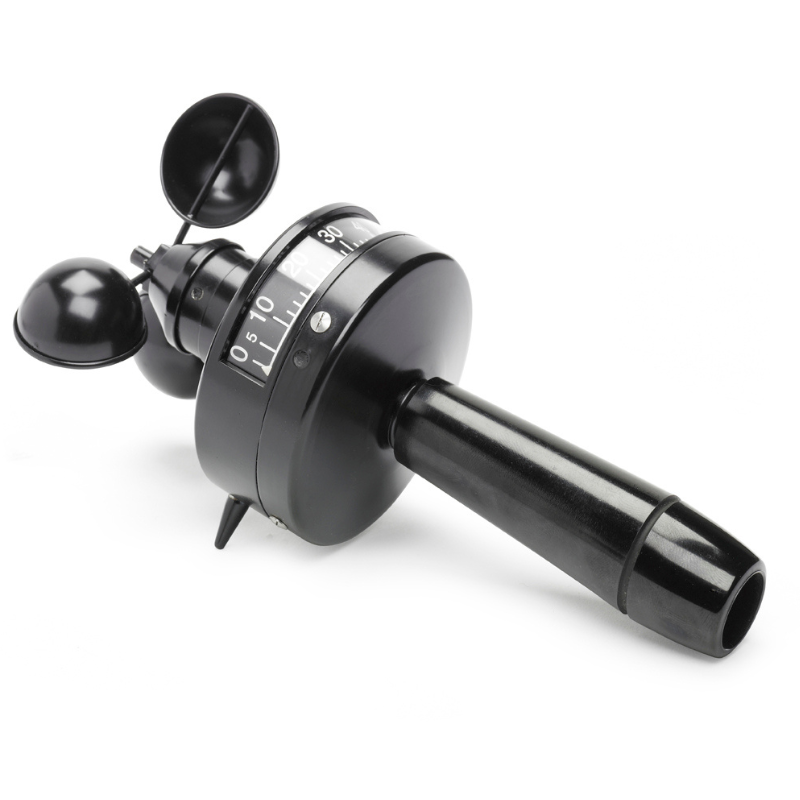
A cup anemometer is a crucial tool used for this purpose, offering accurate wind speed measurements that aid in maritime decision-making. What is a Cup Anemometer? A Cup anemometer is a device that measures wind speed using rotating cups. The speed at which the cups rotate is directly proportional to the wind speed, providing precise […]
Cup Anemometer for Greenhouse

Greenhouses provide controlled environments for plants to thrive, but climate factors such as wind can still affect their growth. One essential tool for monitoring wind speed inside and around greenhouses is the cup anemometer. This device helps regulate ventilation, prevent structural damage, and optimize energy efficiency. What is a Cup Anemometer? A cup anemometer is […]



